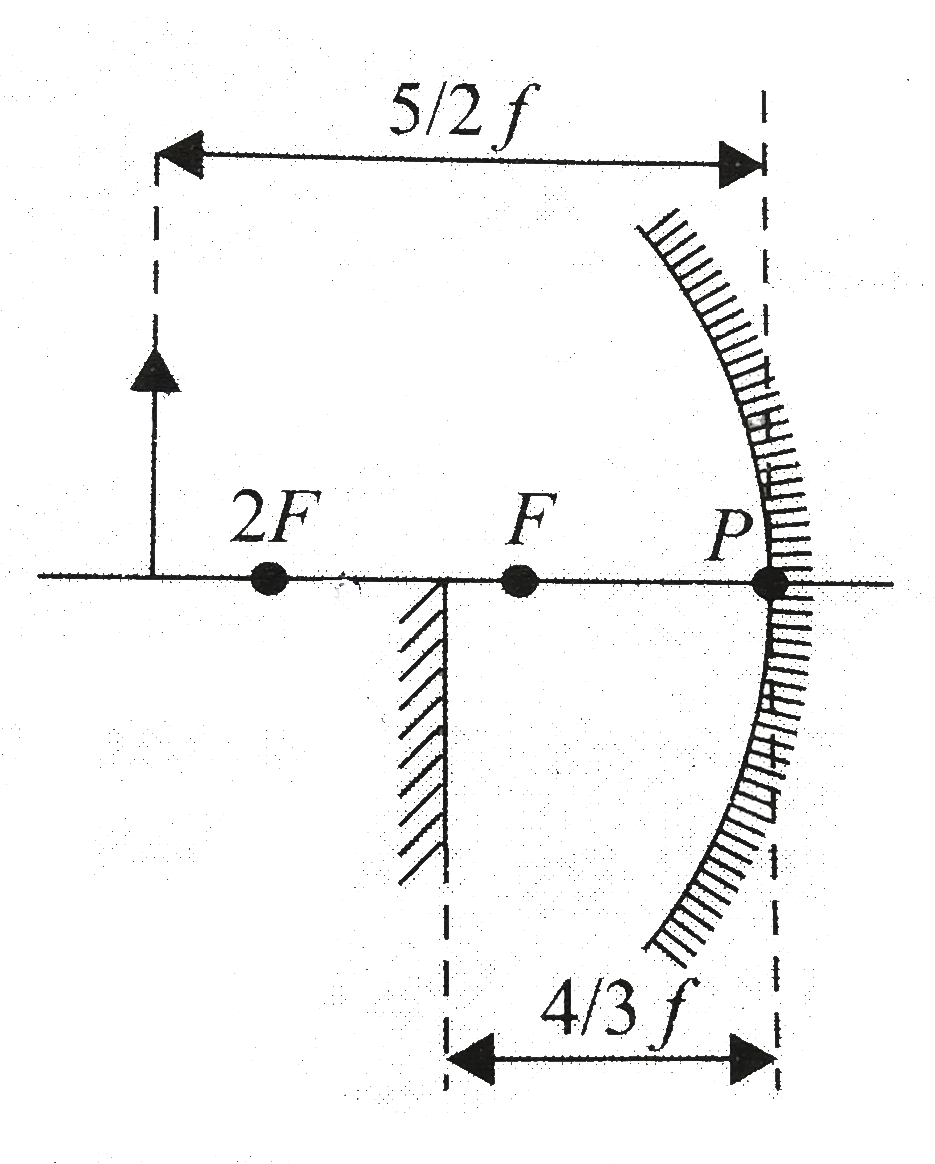Focal length of a plane mirror is
positive
negative
zero
infinity
The correct Answer is:D
In case of a plane mirror, the image is formed as far behind the mirror as the object is in front of it.
u=-v
Topper's Solved these Questions
- REFLECTION OF LIGHT Book:MCGROW HILL PUBLICATIONChapter:REFLECTION OF LIGHT Exercise:HIGHER ORDER THINKING QUESTIONS
Explore 10 Videos
- MOTIONBook:MCGROW HILL PUBLICATIONChapter:MOTIONExercise:HIGHER ORDER THINKING QUESTIONS
Explore 48 Videos
- REFRACTION OF LIGHTBook:MCGROW HILL PUBLICATIONChapter:REFRACTION OF LIGHTExercise:HIGHER ORDER THINKING QUESTIONS
Explore 37 Videos
Similar Questions
Knowledge Check
Focal length of a convex mirror is 10 cm
Aimage of an object placed at 20 cm is also at 20 cmBimage of an object placed at 10 cm is at infinityCboth (a) and (b) are wrongDboth (a) and (b) are correctFocal length of a concave mirror is
ApositiveBnegativeCdepends on the position of the objectsDdepends on the position of image
Shown in Fig. is a vertically erect object placed on the optic axis at a distance (5/2)f from a concave mirror of focal length f. If a plane mirror is placed perpendicular to the optic axis at a distanc (4/3)f from the pole, facing concave mirror, find the position and nature of the final image formed.

View SolutionThe focal length of a convex mirror is :
View SolutionFocal length of a convex mirror is 50cm. What is its radius of curvature?
View SolutionIf the focal length of a convex mirror is 25 cm, what is its radius of curvature ?
View SolutionA convex lens of focal length 10cm is placed 30 cm in front of a second convex lens also of th esame focal length. A plane mirror is placed after the two lenses. Where should a point object be placed in front of the first lens so that it imagees on to itself?
View SolutionAn object of height 2cm is kept 2m in front of a convex lens of focal length 1m. A plane mirror is placed at 3m from the lens on its other side. Find the nature, position, and magnification of the final image that will be seen by an observer looking toward the mirror through the lens.
View Solution
